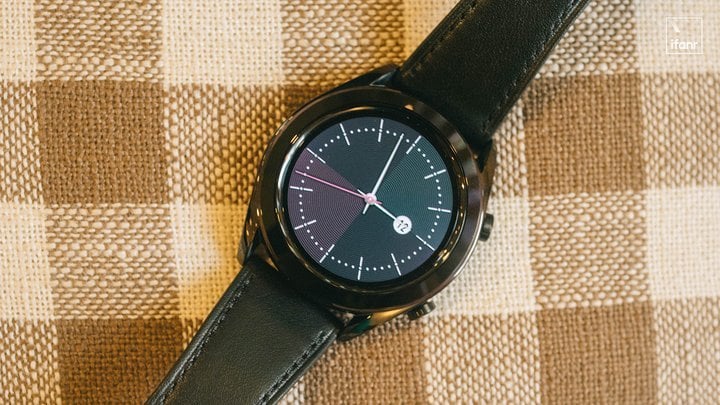This year, Huawei announced the Hongmeng system on HDC 2019, and Huawei’s new plan for IOT, the most eye-catching one is the “1+8+N” that Yu Chengdong repeatedly emphasized at the press conference. Full scene smart layout.
The so-called “1+8+N” is based on smartphones, Huawei’s own large-screen devices, tablet PCs, smart glasses, speakers, car phones, smart watches, headsets, PCs, and third-party ecosystems. The chain product acts as an extension to form a three-layer structure of the Hongmeng wisdom system.
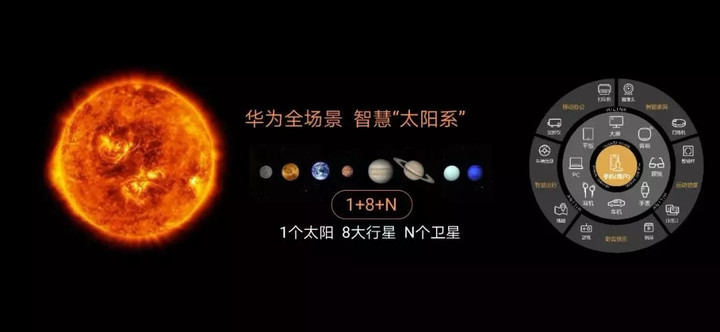
“Wearables” is one of the key points in this system. Whether it’s watches, glasses or headphones, these words are inseparable from the word “wearable”. In addition, after entering 2019, Huawei has maintained a full firepower in terms of wearable devices. This year’s shipment growth of Q1 reached 282%, becoming another smart life after smart phones. New Field.
After HDC 2019, I interviewed Huawei Consumer Business Intelligence Wear and TransportZhang Wei, President of the Health Products Line. He introduced me to some of Hihealth’s development plans and some new news about wearable devices after Huawei.
Hihealth2.0 vs. 1.0, where is the highlight?
In fact, on this year’s HDC 2019, Huawei released the Hihealth 2.0 platform in the Smart Wear & Sports Sports Sub-Forum in addition to the Hongmeng system.
This time, Huawei emphasized the openness of the platform and aims to work with third-party companies to create a wearable smart ecosystem from hardware to software. For the highlights of Hihealth 2.0 and the previous version, Zhang Wei said:
We think we need to make this openness a little stronger, so that service partners can make more value services based on the Hihealth platform.
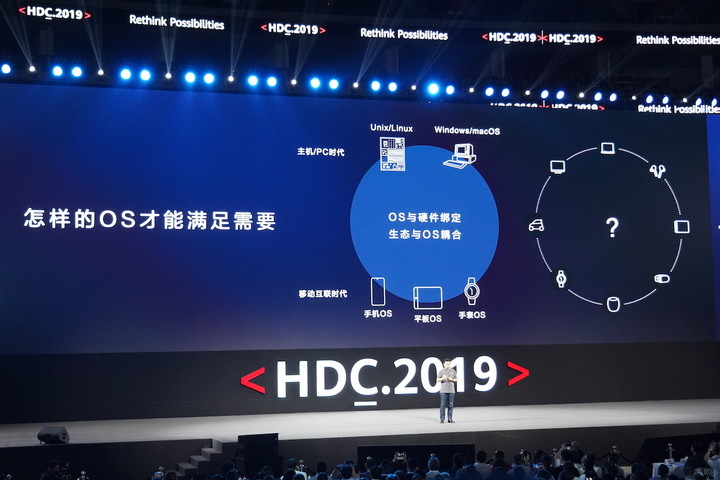
HiHealth 2.0 adds new health model capabilities, such as blood oxygenation capabilities, to platform capabilities based on HiHealth 1.0 open-motion capabilities, while adding new types to sports scenes, such as basketball and triathlon. Wait.
Opening ability, based on the original cloud API and JS API, increased the openness of the sports health APP side, enabling consumers to chooseOpen its own data to Android’s ecological services to ensure that consumers can enjoy more sports and health services, while also ensuring that Huawei’s healthy eco-partners can use the HiHealth platform to provide consumers with a better service experience.
In terms of hardware access, the access capability of indoor fitness equipment has been increased, and the linkage between wearable equipment and fitness equipment has been realized, and the access capability of medical health equipment has been enhanced, and access efficiency has been improved.
In terms of data security, HiHealth 2.0 user data is of the highest priority, strictly comply with the privacy laws of the world, including the EU GDPR, and reference to GAPP and other industry-leading practices to encrypt the transmission and storage of user data. The security of the user’s data privacy.
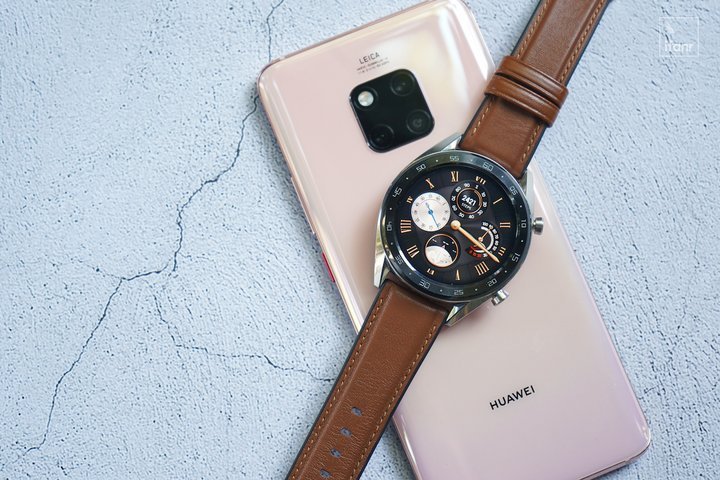
So we think that compared to 1.0 and 2.0, I hope to connect with more equipment vendors. In terms of services, there can be more flexible access methods, giving consumers more forms of service presentation. This is a significant difference between 1.0 and 2.0.
Nowly 2.0 has just been released, Huawei has also cooperated with fitness equipment providers such as Shuhua, Youmei and Bizhen, and linked with Huawei’s wearable devices and Huawei sports health to record sports performance and enhance indoor fitness experience. In the service ecology part, Huawei’s sports health and small sleep, Mint fat loss, Zhongan step by step insurance and Ping An i mobile insurance and other service providers cooperate to improve the healthy service experience of Huawei sports and build a closed-loop solution.
On the other hand, we work with industry innovation partners, such as the insurance industry partners in Discovery in South Africa, to help them innovate together and develop an interactive insurance solution that enhances the amount of exercise for consumers. Help insuranceThe company optimizes its products. They all access the Hihealth platform and we will have more cooperation in the future.
Based on the current ecology, what do you hope Hihealth can do in the future
Hihealth 2.0 is a new set of wearable device platforms, but it does not mean that the platform has completed all development, based on the open source of the new platform, it can also bring more possibilities to other partners. For what the Hihealth platform can do in the future, Zhang Wei told us:
In the past two days, we have talked more about openness and building a more prosperous ecosystem. We hope that the Hihealth platform can truly achieve openness, because Huawei has many underlying technologies, we have hardware, sensor algorithms, and future capabilities on the OS.

We hope to integrate sports health capabilities through the Hihealth platform, ultimately bringing closed-loop services and more value to consumers. We hope to work with our partners, which requires the Hihealth platform to have strong access capabilities, service scalability, and data security.
The ecology of sports health scenes is also a new and healthy experience for the entire scene. The ability to provide continuous monitoring and protection for sports and health through wearable devices not only brings service enhancement and product innovation to all walks of life, but also Volkswagen offers a more comprehensive, real-time and convenient interactive experience.
In the insurance, fitness, medical, automotive, and education industries, the ability to wear, exercise, and health management can be effectively combined.
HiHealth platform empowers partners in various industries to open up Huawei’s smart wear and sports health capabilities and help industry partners upgrade their products and services to provide consumers with a better service experience.
Comparing with Apple Watch and other products, what do you think is the development direction of smart watches?
Since Apple released the Apple Watch, modern smart watches have experienced five years of development since their birth, and their functions have evolved from initial heart rate detection to today’s integrated sports, sleep, positioning and even telephone and Internet functions.
So, in the perspective of Zhang Wei, what is the future direction of smart watches?
Zhang Wei: Before answering this question, I share a point.

I think the watch will usher in the third revolution. Everyone knows that in pocket watches to mechanical watches, mechanical watches to quartz watches, to quartz watches, the space for development has grown very fast. I think that smart watches should first be a big upgrade on the user base of traditional watches.
I believe that with the support of all smart technologies, we have solved the problem of long battery life, and can also do the traditional table process, but also bring a lot of sports health, intelligent interaction, interaction with various scenes, I think More value than traditional watches. At the same time, the attributes of the traditional watch can be completed. First of all, its future can largely replace traditional watches. Of course, traditional watches also have the attributes of luxury goods, and attributes like jewelry will remain. This is the first direction.
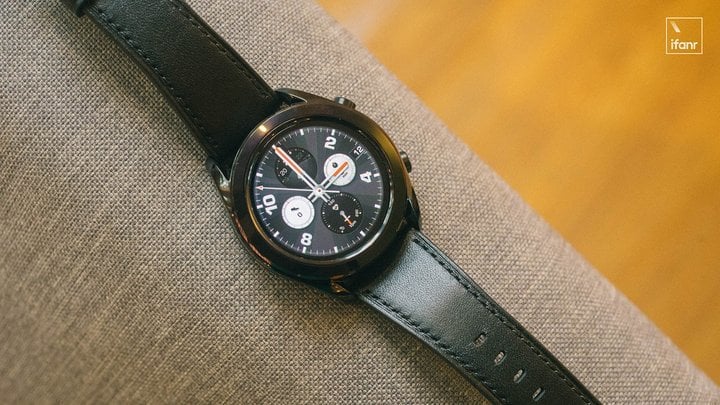
The second direction, I think that on the smart watch, not only the embodiment of the watch, it can be said that it is the closest electronic device to the human body, even closer than the mobile phone. In this scene, I think it will play more. The connection with the human body, including the current sports health, and even the screening of early disease in the future. Huawei has five scenes in “1+8+N”, such as smart travel, voice entertainment, mobile office, and watches can be associated with these scenes.
I think that in the future, smart watches will have more value in connection with these scenes in all aspects. Maybe this level will be even bigger.
Whether Huawei will continue to cooperate with professional health agencies
Last year, Huawei designed a heart rate monitoring algorithm in cooperation with 301 Hospital in HUAWEI Watch GT to develop a health monitoring function that reduces the chance of heart and brain disease. So, this year, will Huawei continue to work with 301 hospitals or other institutions to continue to optimize algorithms for other functions of the watch?
Zhang Wei said: When we first discussed with professional medical institutions such as 301 last year, the two sides found a point of integration. Because cardiovascular diseases are the number one human hazard in China’s chronic diseases, they are very widespread, but they are generally ignored and do not understand such effects.
For hospitals, it is difficult to collect such data at critical times, and we have 24-hour heart rate monitoring. We have the ability to work with heart health research outside the hospital, so we joined the 301 Sports Health Program.
After joining the project, as of July, more than 340,000 users have registered for this research project, and more than 600 users have been screened for high-risk users. Later, they returned to the hospital and the final diagnosis was more than 300. people. In fact, extensive patient screening and early detection are very helpful for the efficiency of research projects in 301 hospitals.

A new development has recently taken place. The 301 Hospital Heart Health Research Team has received an invitation from the European Society of Cardiology, the world’s largest cardiovascular conference, which they should attend at the end of the month and invite 301 hospitals. Introduce the results related to the project.
We believe that we can help such a professional organization. In addition to the 301 in the future, there may be more institutions, such as early screening and monitoring of diseases such as the respiratory system or the endocrine system, contributing to the value of Huawei.
We will continue to cooperate with these professional organizations in this respect, and we believe that more medical institutions will join.
Will Huawei launch test accessories like Jiaming to improve accuracy?
In addition to heart rate monitoring, smart watches also provide motion monitoring and other functions, but the accuracy of motion monitoring data is still limited to the reference level compared to specially optimized heart rate detection.
In the future, will Huawei introduce some accessories to enhance the monitoring experience for other monitoring functions?
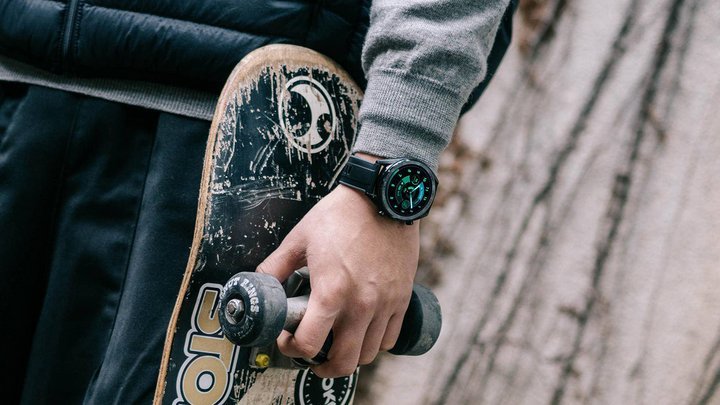
Zhang Wei: Actually, Hihealth2.0 released today is Huawei’s own hardware. On the other hand, we are willing to access more heart rate belts. In fact, we have access to Polar’s professional heart rate belt.
This morning, a basketball elf bracelet was released, which can be worn as a bracelet or on a shoe to monitor a series of parameters such as the speed of the basketball, the time of flight, and the height of the flight.
In fact, we will do some sports health smart hardware besides watches and bracelets. Of course more will pass HiheaThe lth platform access is quite mature, or there is a certain level of professional hardware coming in to jointly enrich the motion solution.
HUAWEI Watch GT sales and next-generation product plans
The HUAWEI Watch GT has been in existence for almost a year. From the previous IDC shipment data, Huawei has maintained its mid-level shipment level for wearable devices.

So in the past year, how is the sales performance of HUAWEI Watch GT, and what new actions will Huawei have this year? Zhang Wei introduced:
In June we released a press release for HUAWEI Watch GT, which exceeded 2 million shipments at the time, but this number has been growing and will soon exceed 3 million.
Of course, the sales of the HUAWEI Watch GT series will continue to grow, and we are equally confident in the next generation of products. As I mentioned earlier, smart watches will replace traditional watches to some extent in the future. I think this is a better product for consumers. There will be more models and styles of women’s products, as well as a variety of wristbands. Now there are silicone, fluororubber, and there will be metal and weaving in the future. More environmentally friendly and skin-friendly materials will be introduced to make the wearing experience better and better. We are still full of expectations for this product.

The wearable products have more than doubled in the first half of this year compared to last year. At Q1, we ranked third in the world in the IDC report, and this data is expected to climb further in the future.
As of July this year, the global shipments of our watches and bracelets have exceeded 10 million. According to the GfK report, our domestic market share has reached 33%.
Of course, in the international market, we will make further efforts to increase our shipments and share. It coincides with the basketball World Cup at the end of August. Today, we also launched a new bracelet for basketball fans. The Huawei bracelet 4e can be worn on the hand or on the shoes to record some parameter data of the basketball action. Evaluation recommendations.
There will be new watches and bracelets in the second half of the year. Later, we will see that we are constantly introducing better products. I believe that our share will continue to increase in the future.
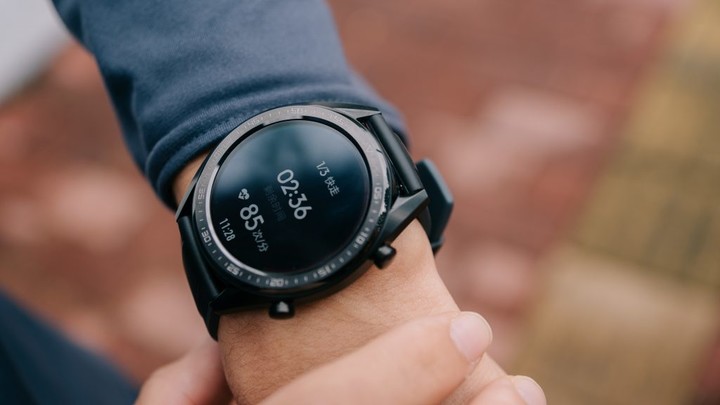
For the configuration of the next generation products, Zhang Wei said that his endurance performance will never let everyone down. In addition, he also said that the cellular version of the product is already in the research and development agenda, and in 2020, the Hongmeng OS 2.0 system will also gradually apply. In the smart watch, bracelet products.
